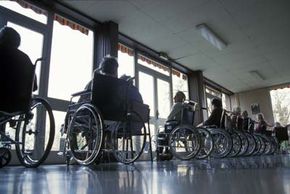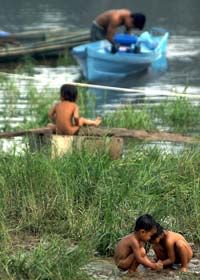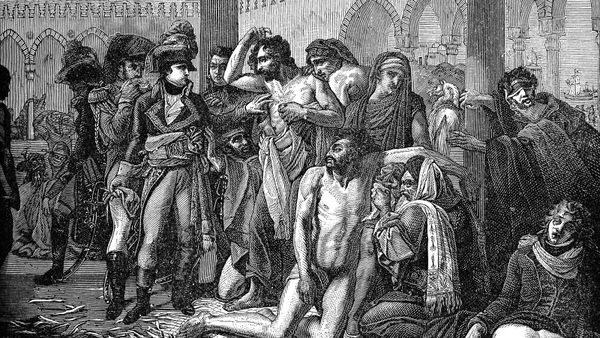Population is one of the most fundamental aspects of human existence. From the smallest tribe to the largest nation, important decisions are based on questions like: How many of us are there? How are we divided? Where are we going? Do we have enough food and other resources to take care of us? And if not, what should we do about it?
In this article, we'll find out how human populations are measured, how population changes affect us, and what studying populations can tell us about the future of the human race. We'll also examine the forces that affect human populations.
Advertisement
What is Population?
A population is an aggregate of individuals that share a characteristic or set of characteristics. A population is commonly defined by geography, such as all the humans on Earth, all the people in Sweden or all the people in Texas. Demographers (people who study human populations) call this a natural population. An aggregate of any type of living creature is considered a population, but for this article, we'll be focused on human populations.
There are ways other than geography to define and study populations. Time, political leanings, religious beliefs or physical characteristics are all ways to divide people into different populations. The study of populations is accomplished by examining these different populations and seeing where they overlap. For example, if you know the population of Americans who are Republicans, and you know the population of Americans who live in Texas, you can study where those populations intersect and learn something about both Republicans and Texans.
Advertisement









